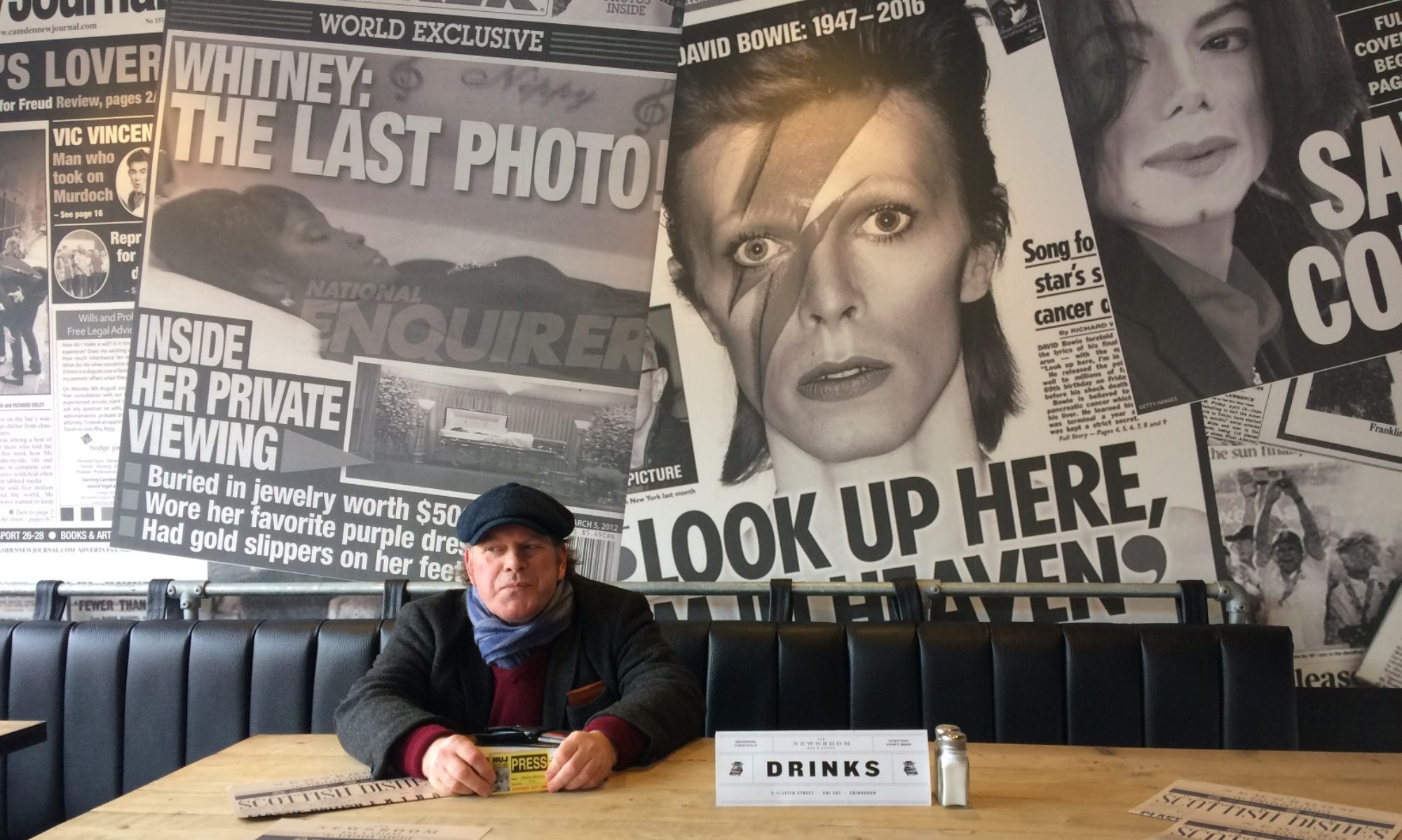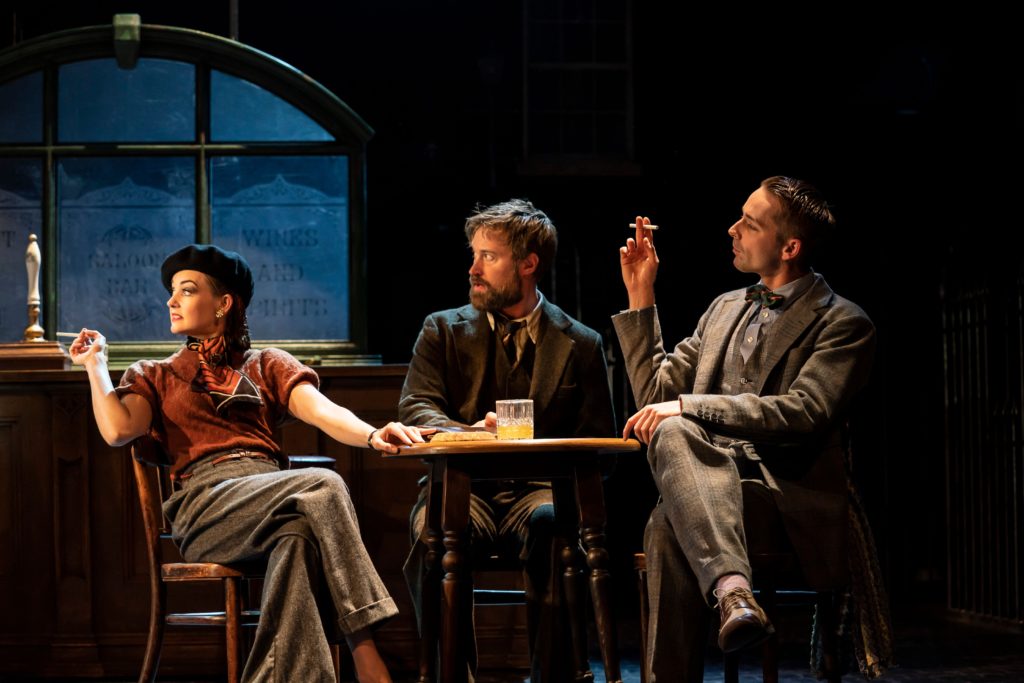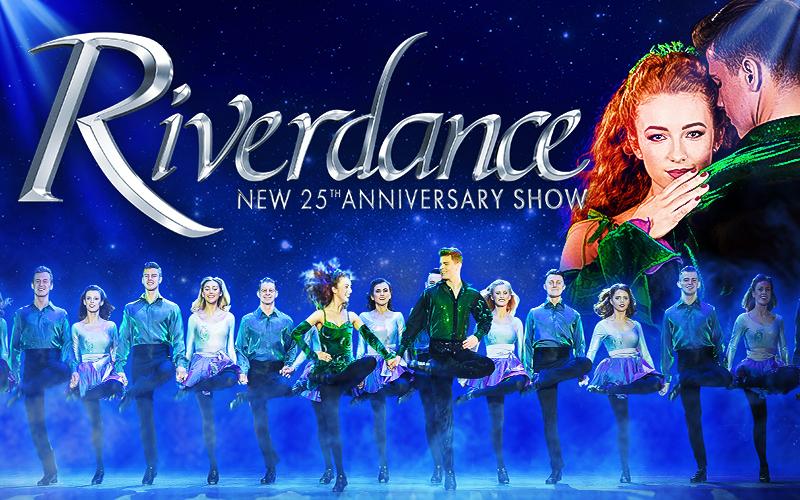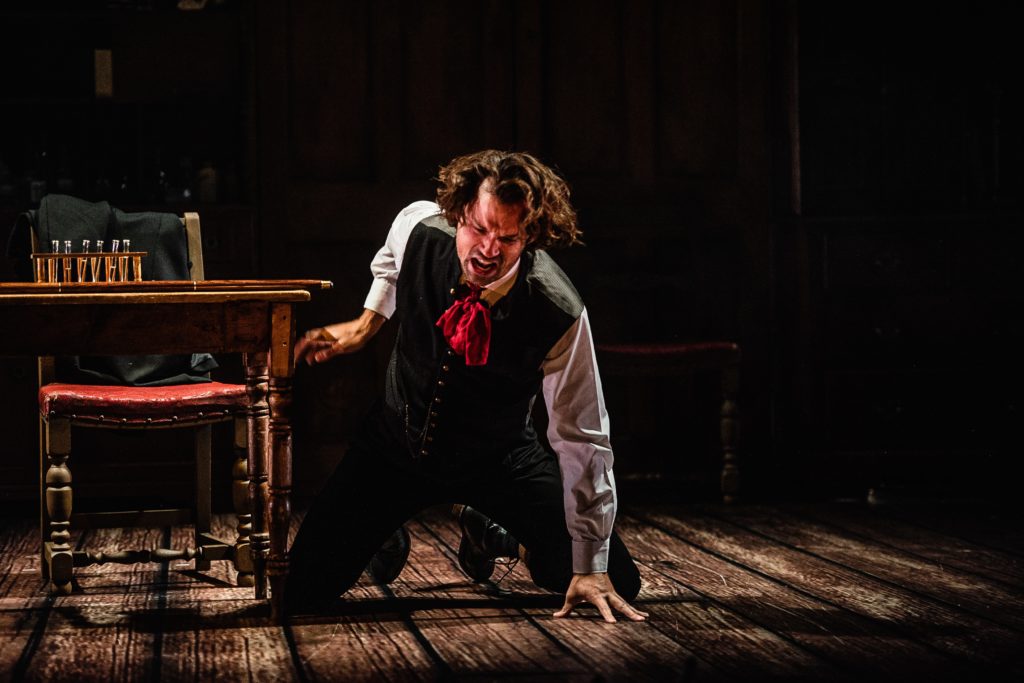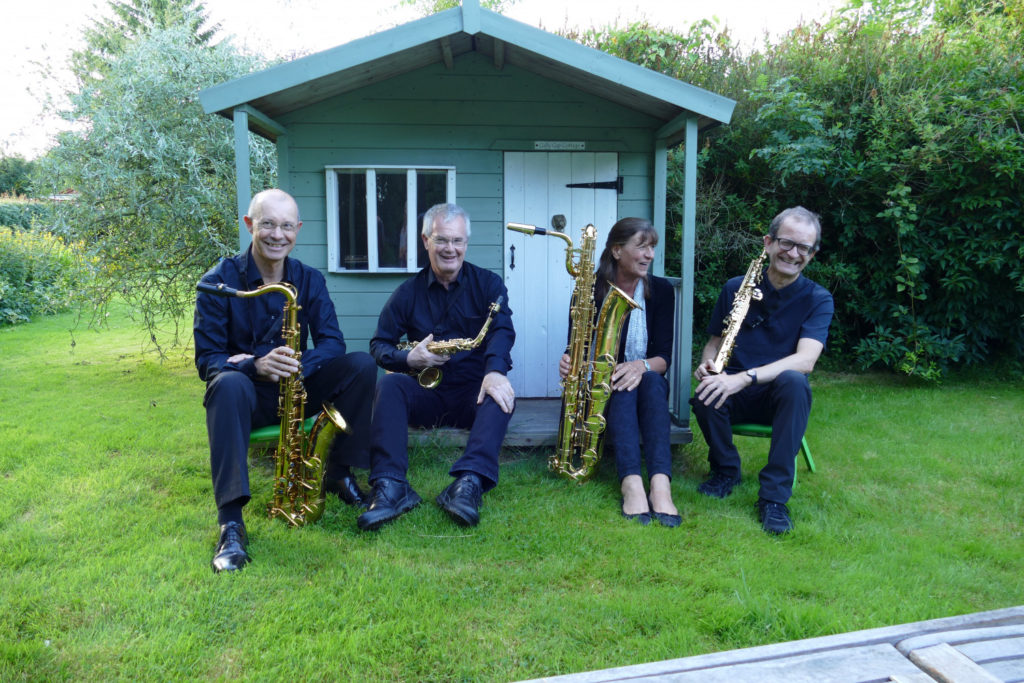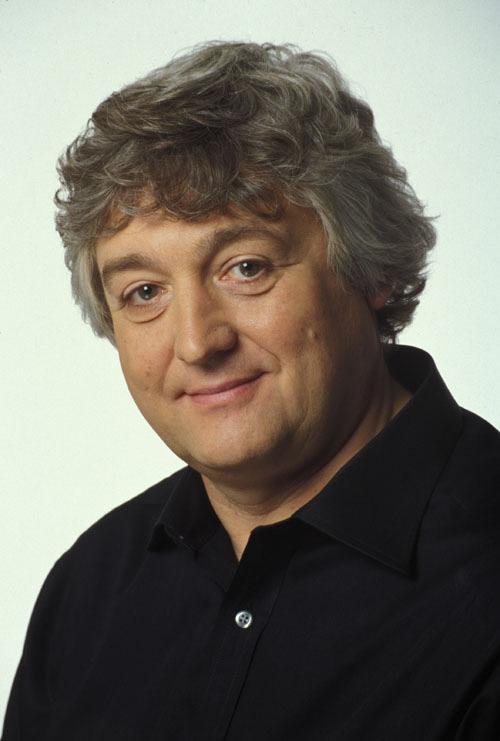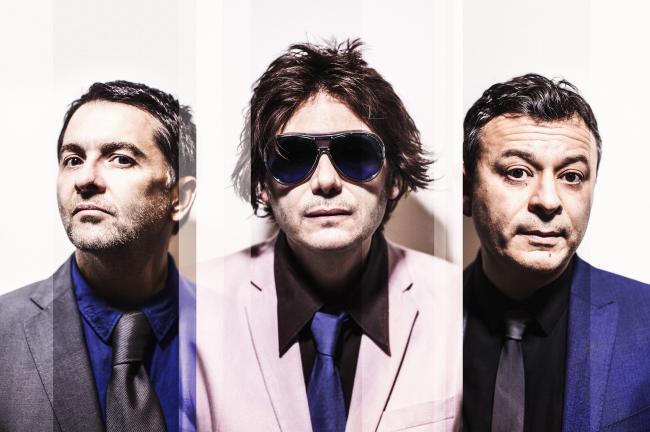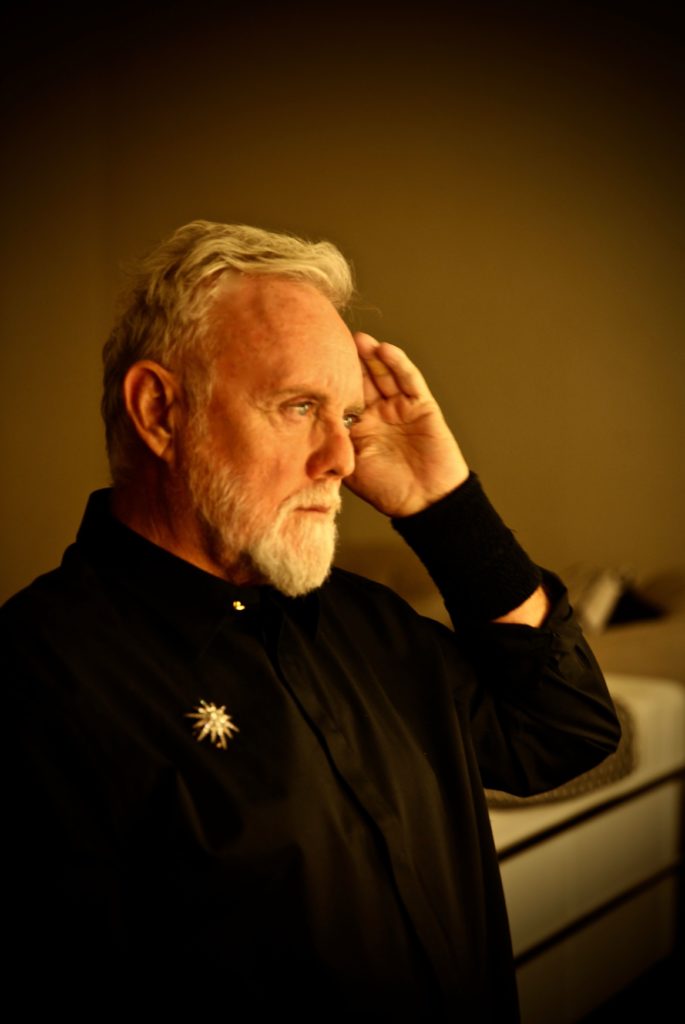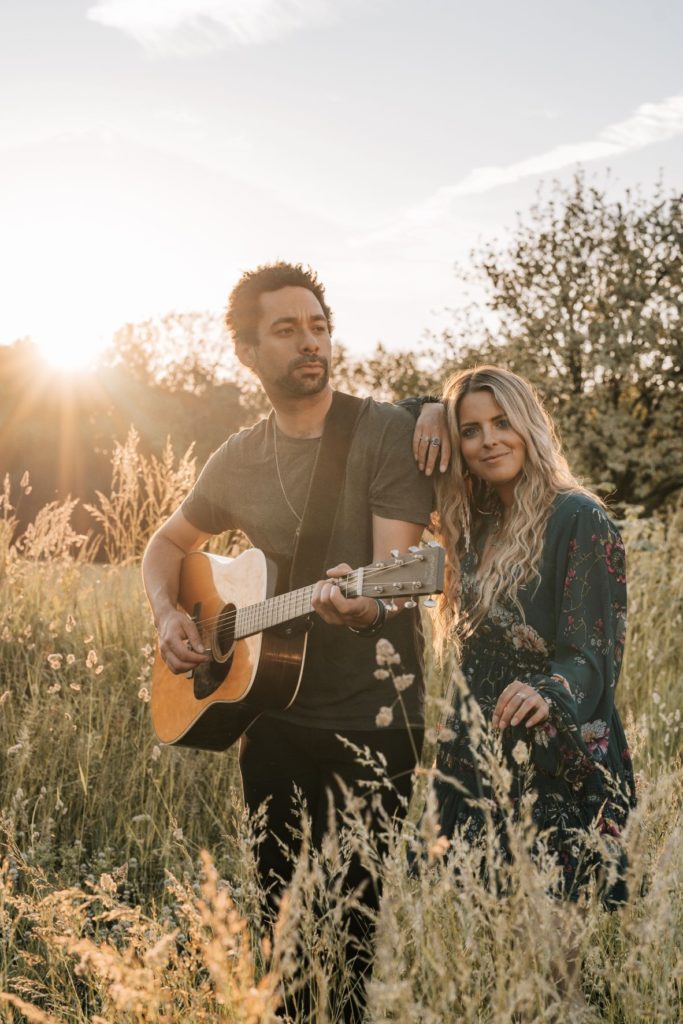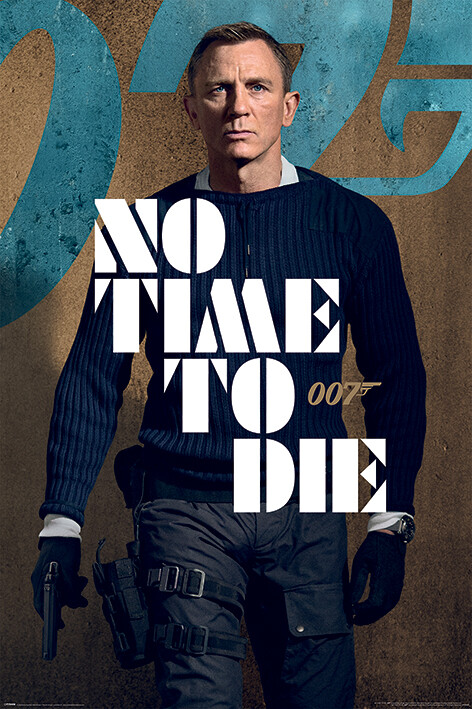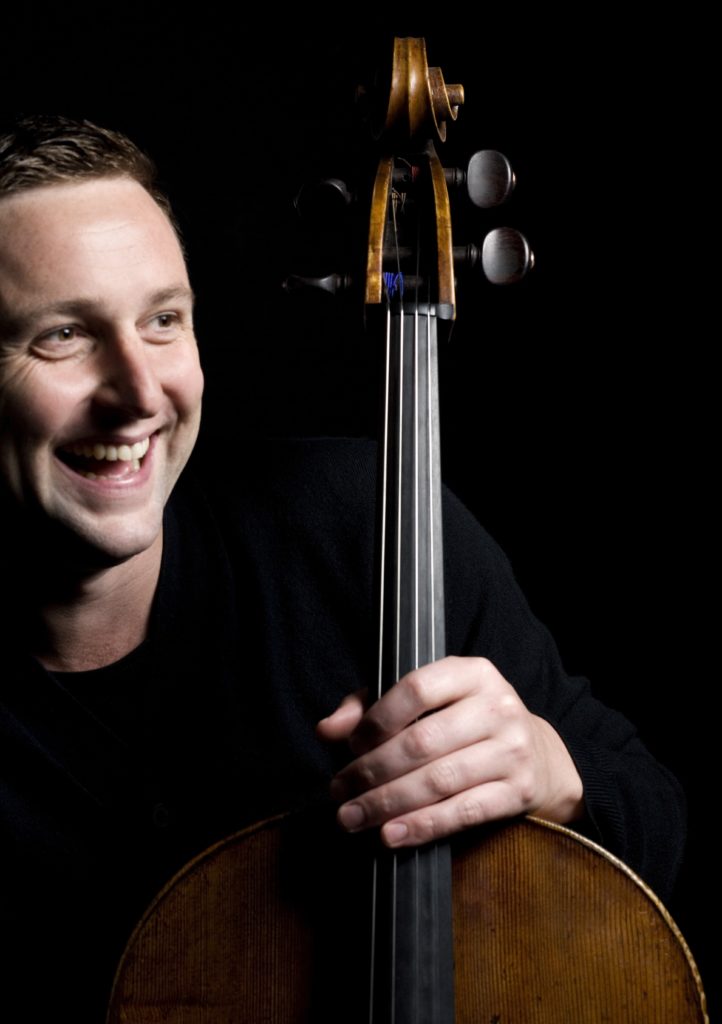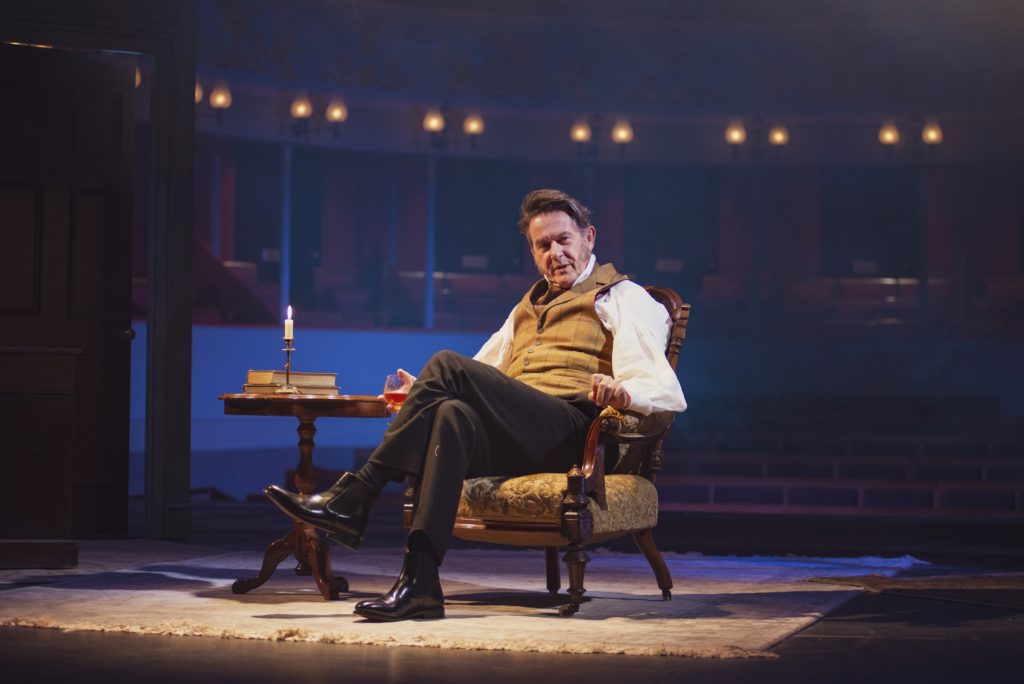
AUTUMN’S fruits are ripe and ready for Charles Hutchinson to pick with no worries about shortages.
Scandal of the week: Being Mr Wickham, Original Theatre Company, York Theatre Royal, tonight until Saturday, 7.30pm; 2.30pm, Saturday
ADRIAN Lukis played the vilified George Wickham in the BBC’s television adaptation of Pride And Prejudice 26 years ago this very month.
Time, he says, to set the record straight about Jane Austen’s most charmingly roguish character in his one-man play Being Mr Wickham, co-written with Catherine Curzon.
This is the chance to discover Wickham’s version of famous literary events. What really happened with Mr Darcy? What did he feel about Lizzie? What went on at Waterloo? Not to mention Byron. Box office: 01904 623568 or at yorktheatreroyal.co.uk.
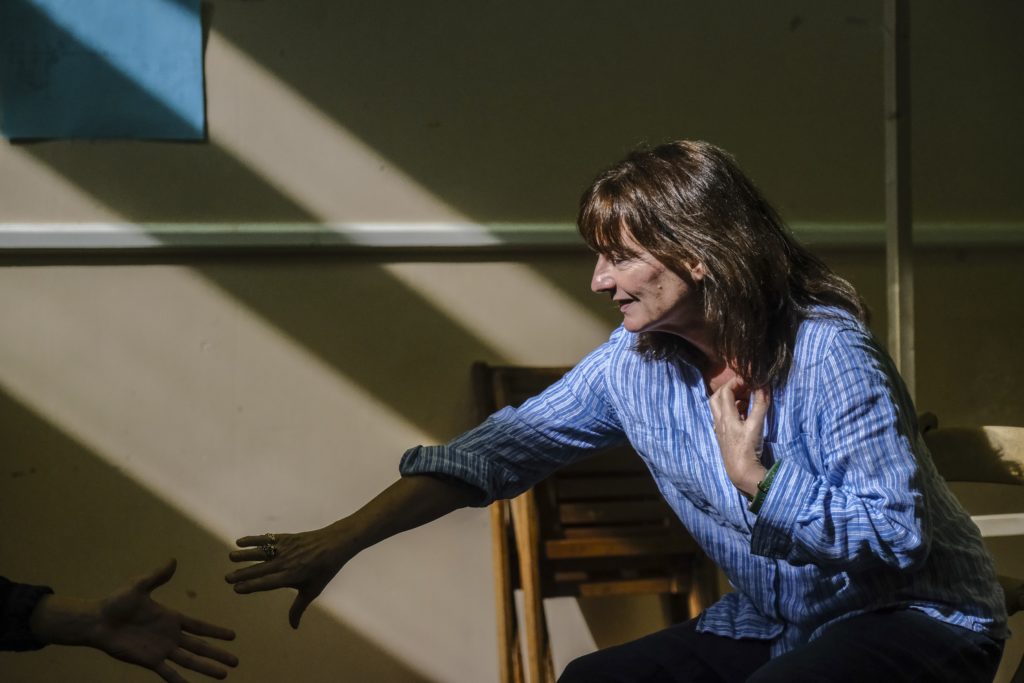
Play of the week outside York: The Offing, Stephen Joseph Theatre, Scarborough, until October 30
IN a Britain still reeling from the Second World War, Robert Appleyard sets out on an adventure at 16: to walk from his home in Durham to Scarborough, where he hopes to find work, but he never arrives there.
Instead, up the coast at Robin Hood’s Bay, a chance encounter with the bohemian, eccentric Dulcie Piper leads to a lifelong, defining friendship. She introduces him to the joys of good food and wine, art and literature; he helps her lay to rest a ghost in Janice Okoh’s adaptation of Benjamin Myers’s novel for the SJT and Live Theatre, Newcastle. Box office: 01723 370541 or at sjt.uk.com.
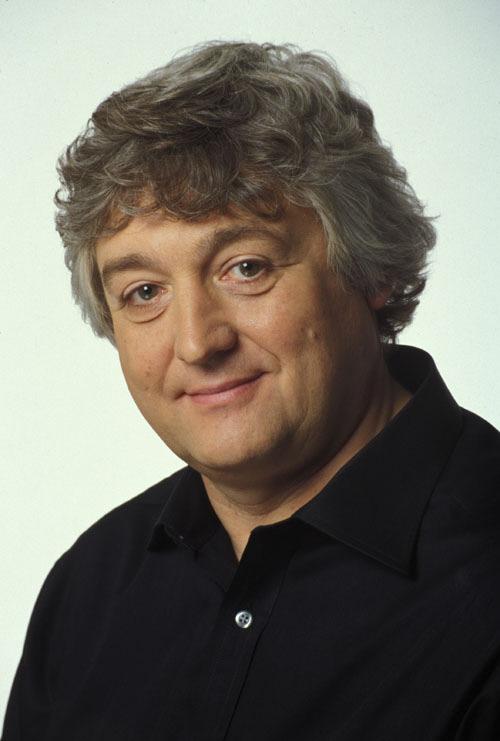
Classic comeback: York Guildhall Orchestra, York Barbican, Saturday, 7.30pm
YORK Guildhall Orchestra return to the concert stage this weekend after the pandemic hiatus with a programme of operatic favourites, conducted by Simon Wright.
The York musicians will be joined by Leeds Festival Chorus and two soloists, soprano Jenny Stafford, and tenor Oliver Johnston, to perform overtures, arias and choruses by Tchaikovsky, Wagner, Rossini, Mozart, Puccini and Verdi. Box office: yorkbarbican.co.uk.
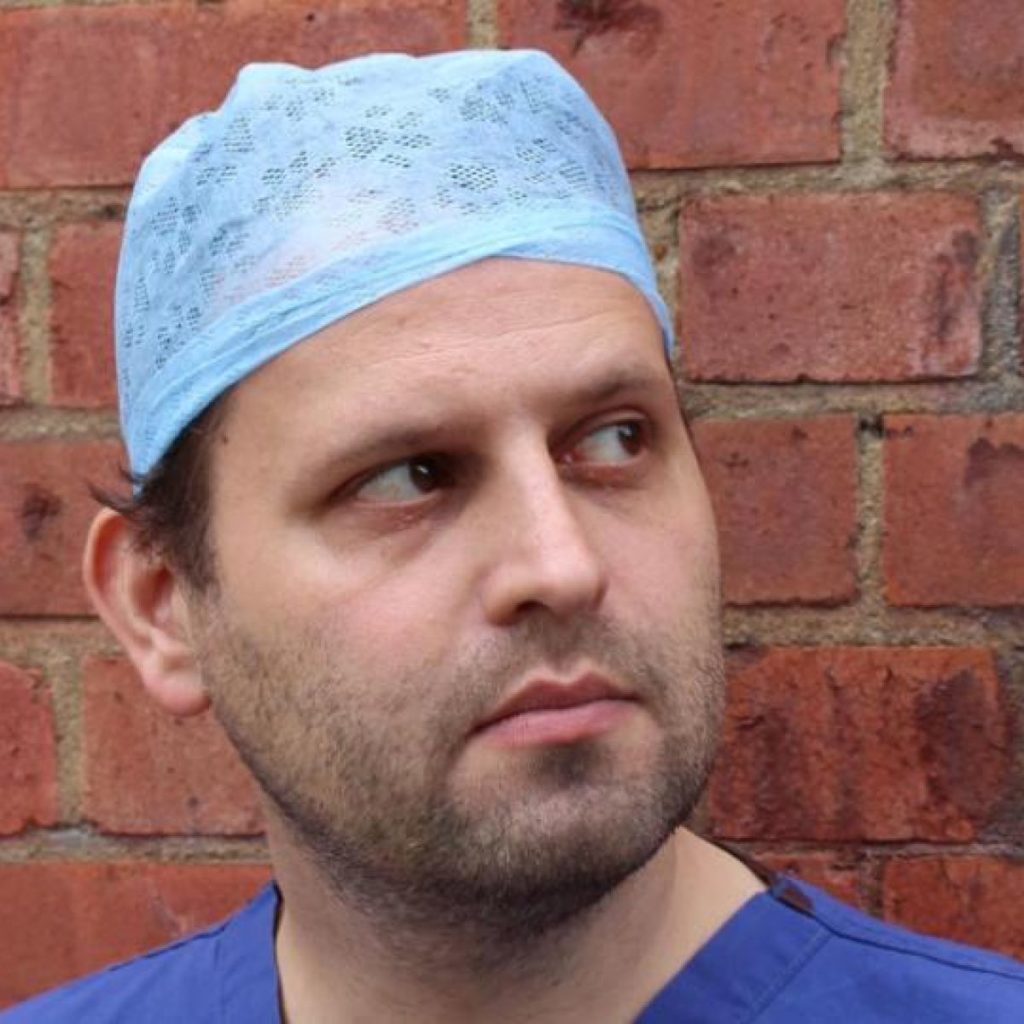
Medical drama of the week: Adam Kay, This Is Going To Hurt, Secret Diaries Of A Junior Doctor, Grand Opera House, Sunday, 8pm
ADAM Kay, medic turned comic, shares entries from his diaries as a junior doctor in his evening of horror stories from the NHS frontline, savvy stand-up, witty wordplay and spoof songs.
His award-winning show, This Going To Hurt, has drawn 200,000 people to sell-out tours, the Edinburgh Fringe and West End runs, and the book of the same name topped the best sellers list for more than a year and is soon to be a BBC drama. Box office: 0844 871 7615 or at atgtickets.com/york.

Irish night of the week: Boyzlife, York Barbican, Sunday, 7.30pm; doors, 6.30pm
PUT Irish boy band graduates Brian McFadden, from Westlife, and Keith Duffy, from Boyzone, together and they become Boyzlife, as heard on the July 2020 album Strings Attached, recorded with the Royal Philharmonic Orchestra.
On tour with a full band, but not the ‘Phil’, they choose songs from a joint back catalogue of 18 number one singles and nine chart-topping albums.
So many to squeeze in…or not: No Matter What, Flying Without Wings, World Of Our Own, Queen Of My Heart, Picture Of You, Uptown Girl, You Raise Me Up, Going Gets Tough, Swear It Again, Father And Son, Love Me For A Reason and My Love. Find out on Sunday. Box office: yorkbarbican.co.uk
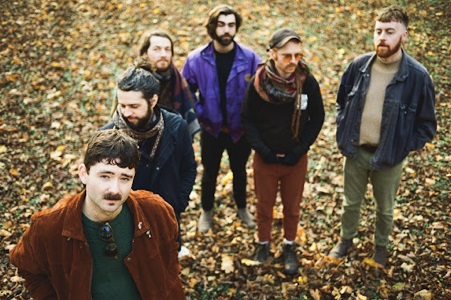
Loudest gig of the week: Thumper, Fulford Arms, York, Tuesday, 8pm
THUMPER, the cult Dublin band with two thumping drummers, are back on the road after you know what, promoting a 2021 mix of their single Ad Nauseam: a cautionary tale of repetition, vanity and becoming too close to what you know will eat you.
From the Irish city of the equally visceral Fontaines DC and The Murder Capital, Thumper have emerged with their ragged guitars and “bratty, frenetic punk rock” (Q magazine).
Now their debut album is taking shape after the band were holed up in their home studio for months on end. The Adelphi, Hull, awaits on Wednesday.
At the fourth time of planning: Mary Coughlan, Pocklington Arts Centre, Tuesday, 8pm
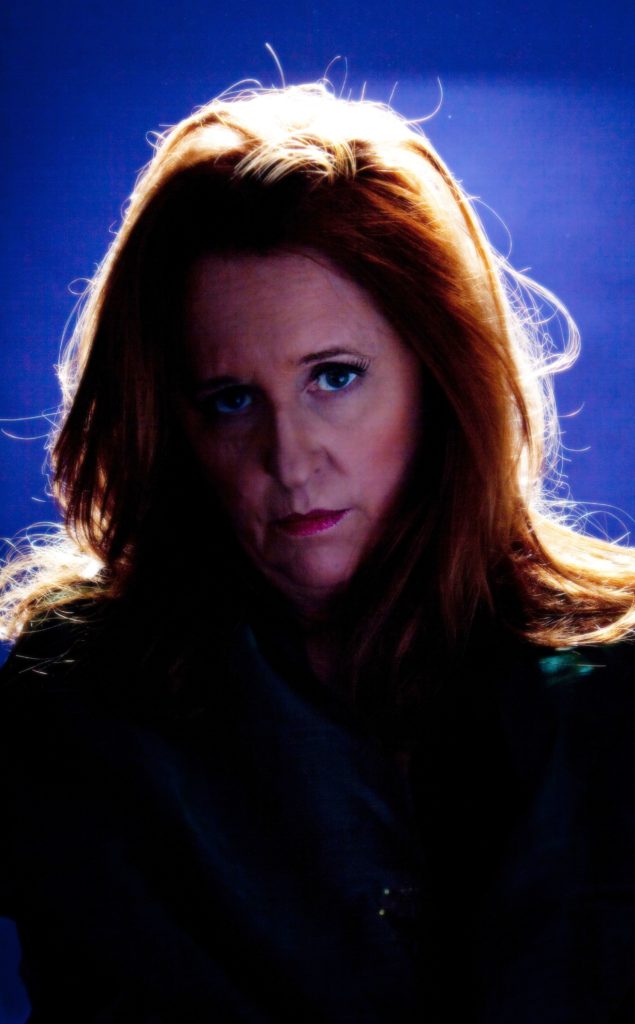
GALWAY jazz and blues chanteuse Mary Coughlan had to move her Pocklington show three times in response to the stultifying pandemic.
“Ireland’s Billie Holliday” twice rearranged the gig during 2020, and did so again this year in a switch from April 23 to October 19.
At the heart of Mary’s concert, fourth time lucky, will still be Life Stories, her 15th album, released on the wonderfully named Hail Mary Records last September. Box office: 01759 301547 or at pocklingtonartscentre.co.uk.
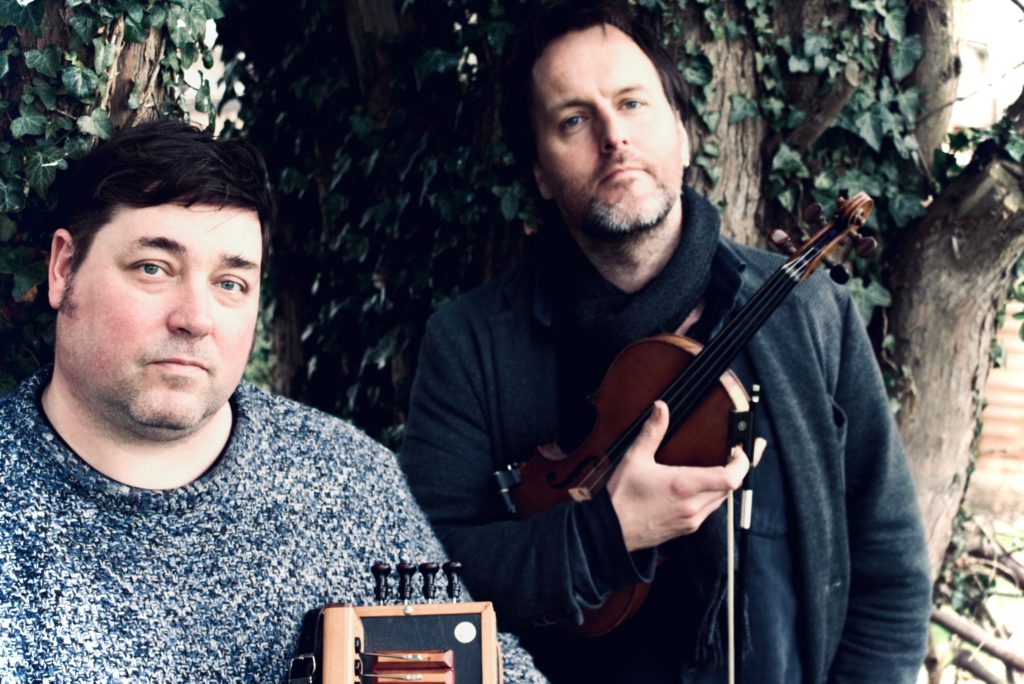
Double act of the week ahead: Spiers & Boden, Pocklington Arts Centre, Wednesday, 7.30pm
AFTER years of speculation, much-loved English folk duo Spiers & Boden are back together, releasing the album Fallow Ground and bringing a live show to Pocklington this autumn with special guests.
First forming a duo in 2001, John Spiers, now 46, and Jon Boden, 44, became leading lights in big folk band Bellowhead, resting the duo in 2014, before Bellowhead headed into the sunset in 2016. Solo endeavours ensued but now Spiers & Boden return. Box office: 01759 301547 or at pocklingtonartscentre.co.uk.
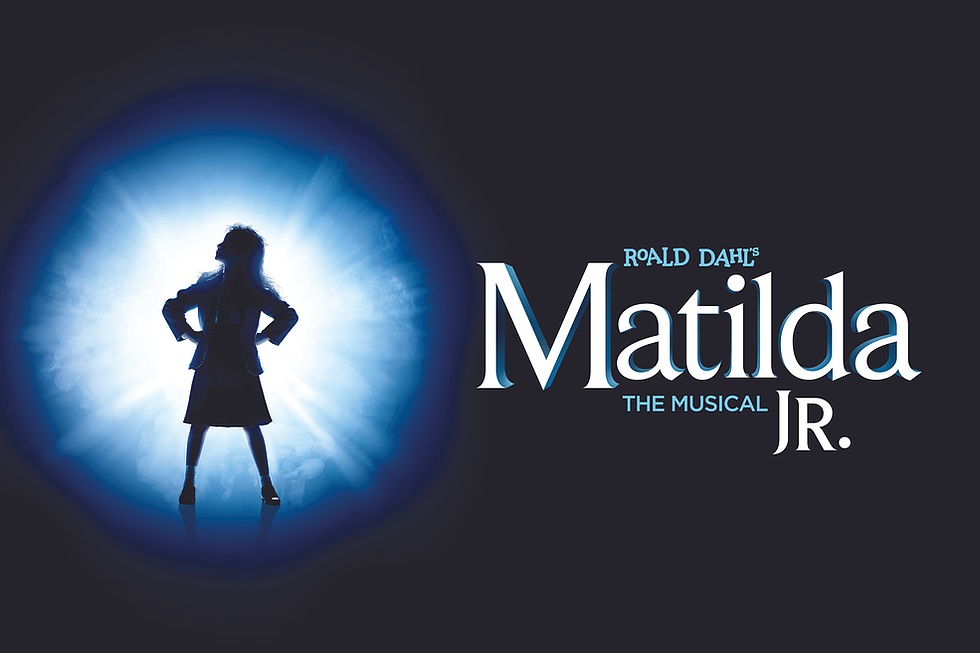
Musical of the week: Roald Dahl’s Matilda The Musical Jr, Joseph Rowntree Theatre, York, October 20 to 24, 7.30pm; 2pm, 4.30pm, Saturday; 2pm, Sunday.
ONLY the last few tickets are still available for York Stage Musicals’ York premiere of the Broadway Junior version of Dennis Kelly and Tim Minchin’s stage adaptation of Roald Dahl’s story.
Matilda has astonishing wit, intelligence, imagination…and special powers! Unloved by her cruel parents, she nevertheless impresses teacher Miss Honey, but mean headmistress Miss Trunchbull hates children and just loves thinking up new punishments for those who fail to abide by her rules. Hurry, hurry to the box office: 01904 501935 or at josephrowntheatre.co.uk.
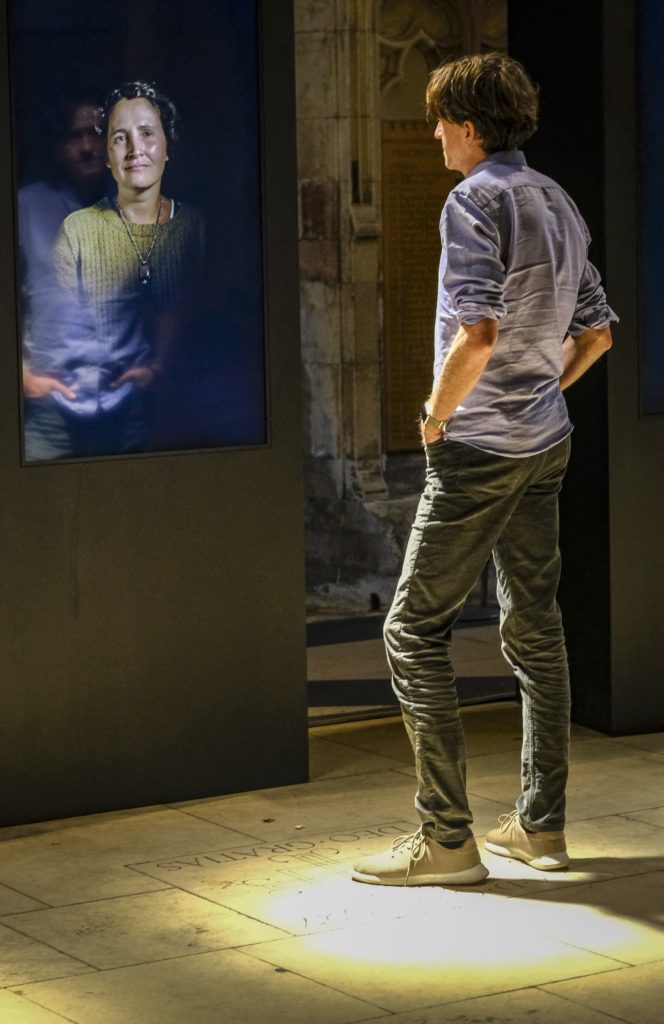
Worth noting too:
PEOPLE We Love, the York Mediale installation, reopening at York Minster from Saturday. York Design Week, full of ideas, October 20 to 26, at yorkdesign week.com; Light Night Leeds 2021, with a Back To Nature theme for this art and lights festival tonight and tomorrow, at whatson.leeds.gov.uk; Live At Leeds gigs across 20 venues with Frank Carter & The Rattlesnakes, Sports Team, The Night Café, The Big Moon, Dream Wife, Poppy Adjuda, The Orielles and Thumper, at liveatleeds.com.
